Yingkou Port ( Chinese:营口港 ) is located in Yingkou City, Liaoning Province in Northeast China. It was forced to open as an international shipping port in 1858.
Yingkou Port includes two separate port areas, the old port area at the mouth of the Daliao River, and the Bayuquan port area in the Liaodong Bay of the Bohai Sea.
The port is the main import facility in northeastern China and parts of Mongolia, with 27 vessel positions and an annual trade volume of more than 21 million tons. In 2018, the container handling capacity of Yingkou Port was 6.3 million TEU.
In 2015, Yingkou Port opened the China-Europe Express Train, which is one of the important nodes in China’s Belt and Road Initiative.
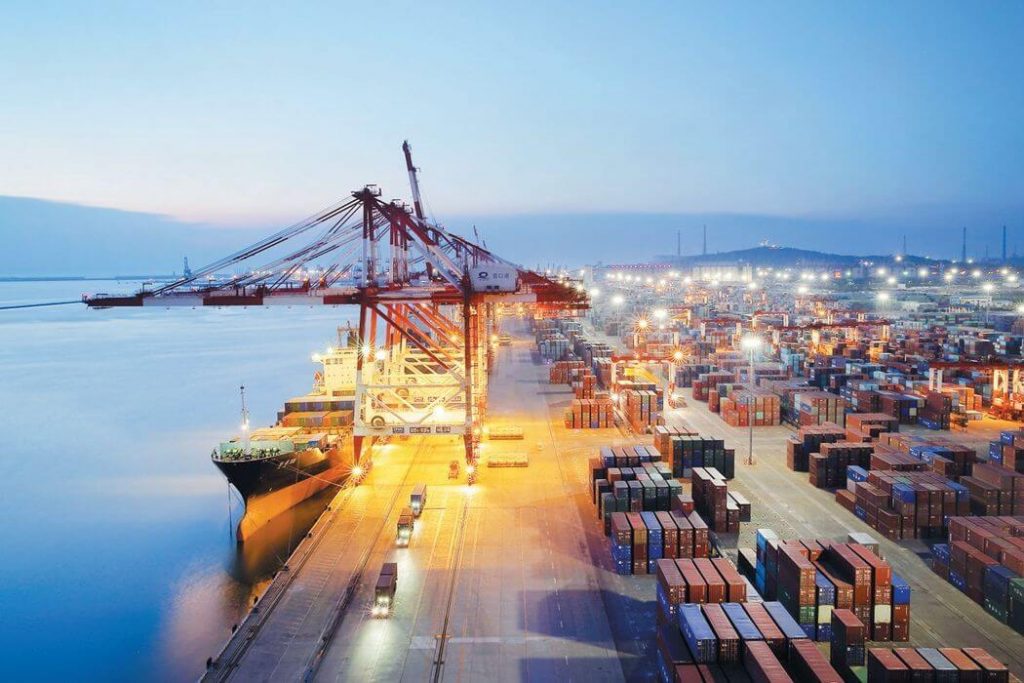
History
Old chinese era
- 1280 AD: A port has appeared in Yingkou, with river and coastal trade taking place.
- 1858: Old China was defeated by Britain and signed the Tianjin Treaty. Yingkou Port was opened as an international shipping port.
- 1864: The old port of Yingkou Port opened its first shipping terminal. After the expiration of the Tianjin Treaty, Yingkou’s traffic volume dropped significantly and gradually returned to a domestic port.
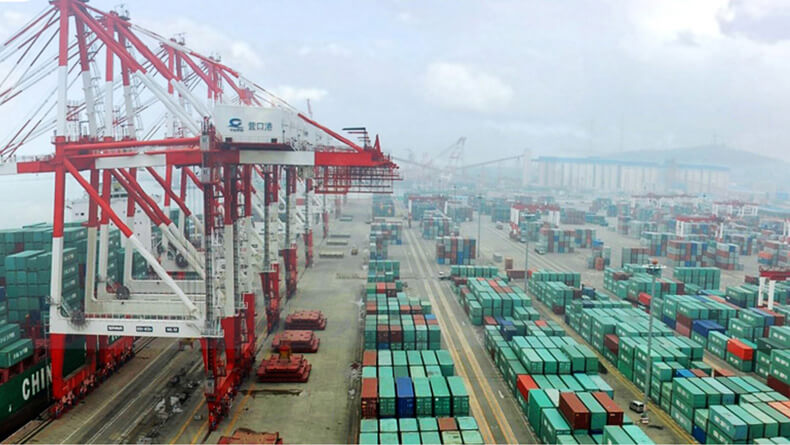
New China era
- 1970s: After China’s economic reforms, Yingkou Port began to revive.
- August 1975: The investigation team of the Ministry of Communications of China proposed to build a new port in Bayuquan.
- 1984: The Bayuquan port area was established, 20 berths were added, and the annual bulk cargo capacity was 10 million tons.
- In 1996: the Chinese state-owned shipping company COSCO Group cooperated with Yingkou Port Authority to develop a container terminal with an annual throughput of 250,000 TEUs at Bayuquan Port. 40,000 containers were processed in the first year of operation, increased to 150,000 in 2000, and reached terminal capacity in 2007.
- 2002: Yingkou Port received and unloaded 13 Capesai-type ships, the first Northeast Port to unload large bulk carriers.
- In 2013: Yingkou Port announced a 9.8% increase in container throughput in the first six months of this year, reaching 2.68 million TEUs. The total import and export volume was 166.3 million tons, an increase of 10.7%.
- In 2015: Yingkou Port ranked among the world’s 50 container ports, with a container handling volume of 5.92 million TEU. And it opened the China-Europe Express Train.
- In November 2016: Yingkou Port Group Corporation and Russian Railways established a strategic partnership. The goal of the agreement is to establish a joint international terminal and logistics center in Russia. As part of the agreement, Yingkou Port agreed to acquire a 49% stake in the Russian Railways Bely Rast Terminal Logistics Center.
- 2018: The container handling capacity of Yingkou Port was 6.3 million TEU.
- July 7, 2020: News of the merger between Yingkou Port and Dalian Port came out.
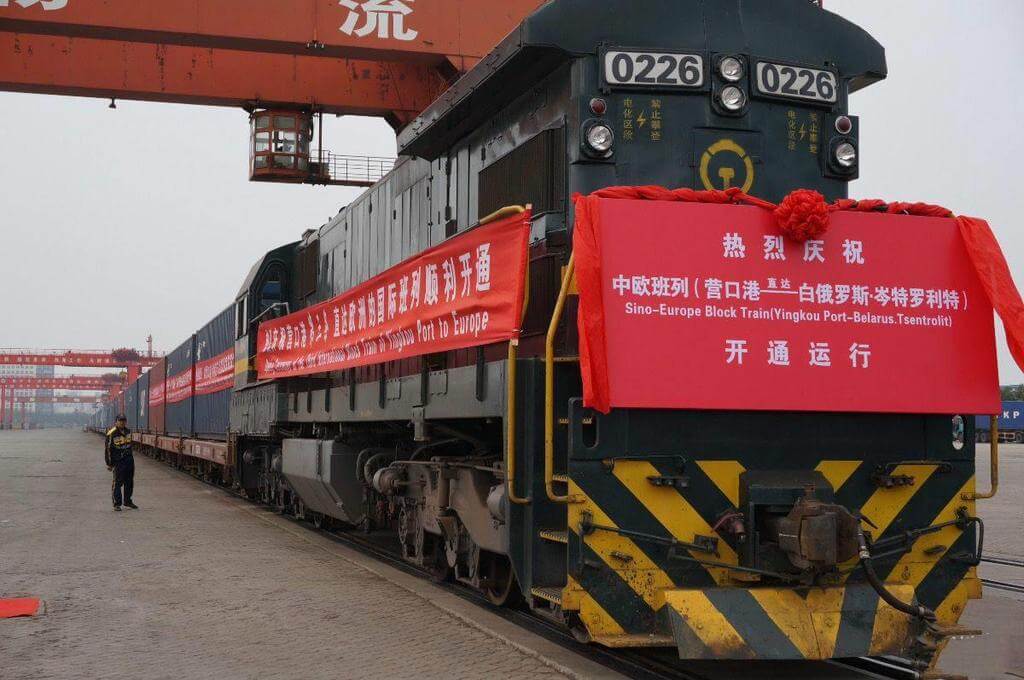
Operation status
Main business
Yingkou Port has 9 types of special cargo terminals including containers, automobiles, coal, grain, ore, steel, large equipment, refined oil and liquid chemicals, and crude oil. Among them, the ore terminal and the crude oil terminal are respectively 300,000 tons. The terminal reliably berths fifth-generation container ships.
The main types of cargo operations include iron ore, steel, coal, grain, non-minerals, refined oil and chemical products, fertilizers, crude oil, domestic commodities, automobiles, containers, etc.
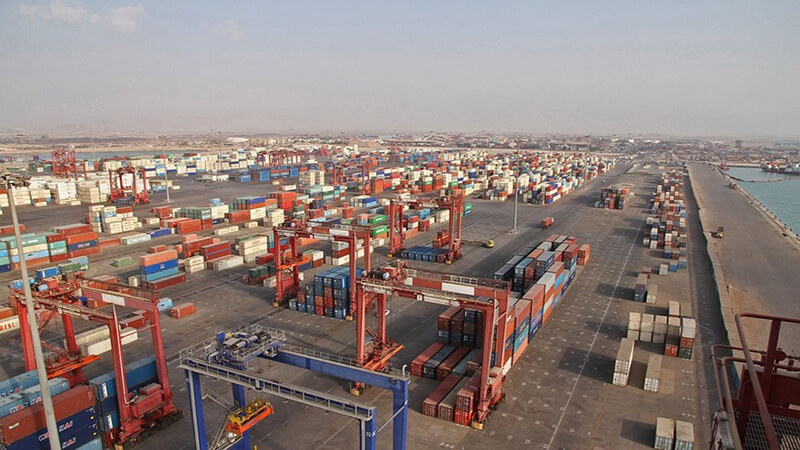
Shipping route
International routes: Yingkou Port has four main international routes, namely Southeast Asia routes, Japan Kanto routes, South Korea Busan routes, South Korea Incheon routes.
Domestic routes: Yingkou Port passes through Tianjin, Dalian, Ningbo, and Shanghai to transfer 4 domestic foreign trade branches around the world.
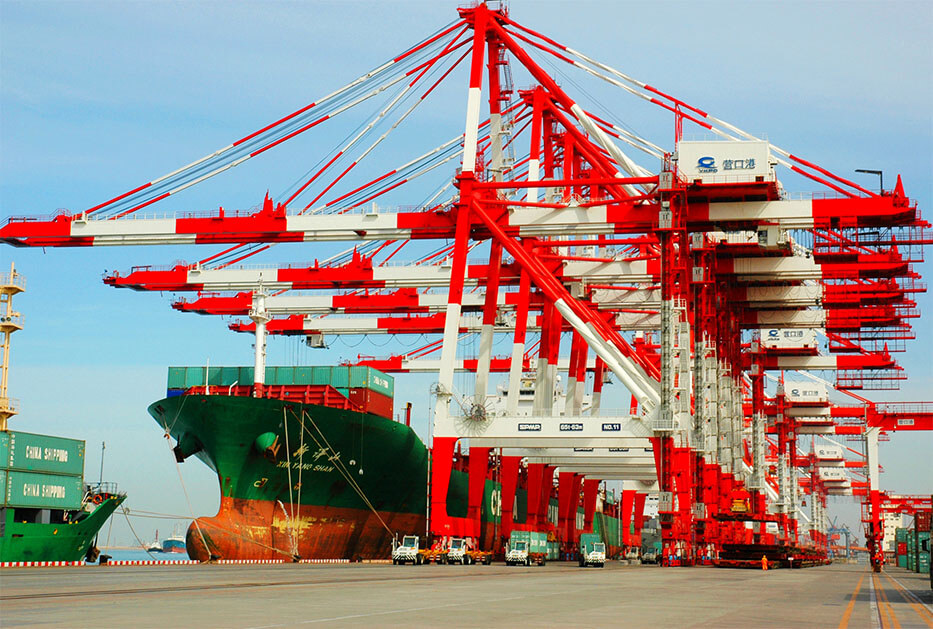
Rail transport
The direct rail transportation network to the hinterland of China has connected Yingkou Port. The sea-rail combined transportation network of Yingkou Port has covered the three northeastern provinces and the eastern part of Inner Mongolia.
The combined sea-rail transportation volume ranks among the top coastal ports in China.
Yingkou Port is one of the starting points of the China-Europe Express. In China’s Belt and Road Initiative, it is one of the important nodes in Northeast China. Direct trains have been opened to many cities in Russia.
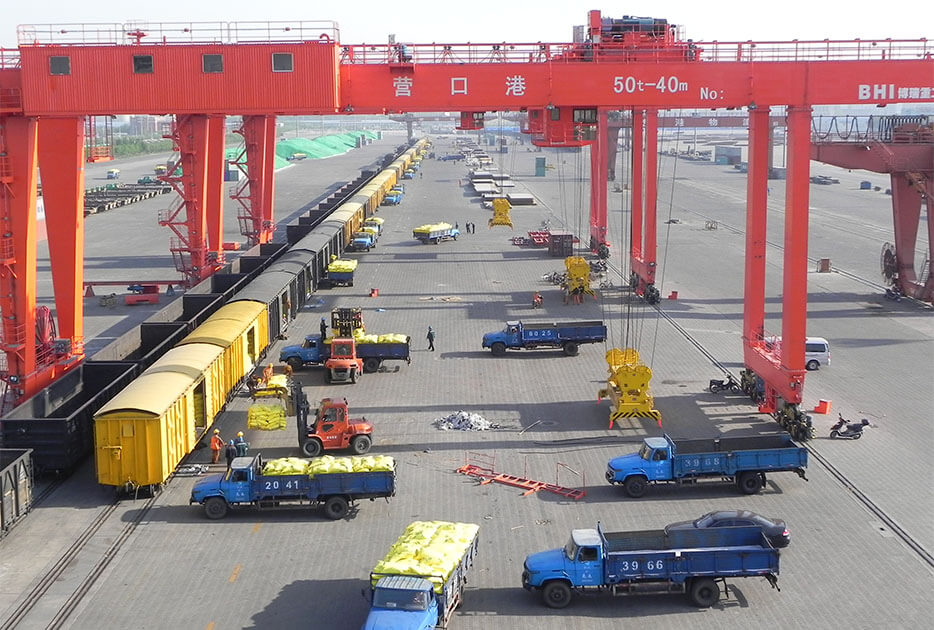
Yingkou Port Data
- Country
- China
- Region
- East Asia
- Status
- In use
- Official name
- 营口港
- Other name
- Yingkou Port
- Location
- Yingkou City, Liaoning Province, northeastern China
- Owner
- Government of China
- Operator
- Yingkou Port Group Co., Ltd.
- Opened
- 1858
- Sea area
- Bohai Sea
- Port type
- Deepwater port
- Annual container volume
- 6.3 million TEU (2018)
- Annual cargo tonnage
- 362 million tons (2011)
- Year of opening
- 1280
View Yingkou Port on Google Satellite Map
Google satellite maps allow you to see building details more clearly, including natural landscapes such as mountains, rivers, deserts, sea and man-made engineering buildings.
If you are very interested in this engineering building, it is a good idea to click below Google Map icon. We will help you jump to the corresponding location of this building or engineering on Google satellite map.
View Yingkou Port on 720yun
720yun is a panoramic image service provider, where you can see the panoramic image of the Engineering Building, let you know more about the Engineering Building.





























































